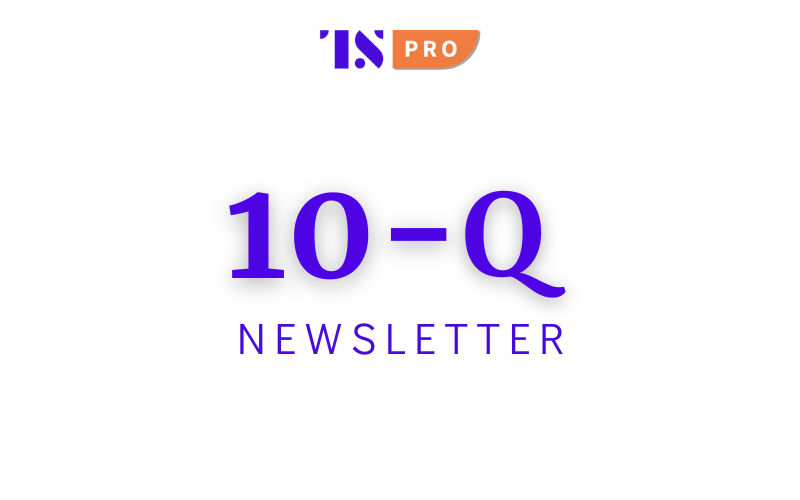Citi’s risky gamble with demotions and salary hike caps
With the year winding down, banks are gearing up to chart fresh goals and objectives for the future. But first, they must face the tricky task of reviewing the current year’s performance — complete with the heated debates over promotions and bonuses. It’s a messy, high-stakes conversation that’s far from anything straightforward.
Even more reason to celebrate this Christmas: After a two-year drought, where high interest rates stifled dealmaking and squeezed fees for investment banks and money managers, activity levels are now recovering. Last month, pay consultancy Johnson Associates shared insights that Wall Street bonuses are set to jump by as much as 35% this year, fueled by a rebound in corporate deals, stock sales, and debt transactions in 2024. Investment bankers working on debt transactions stand to benefit the most, with expected increases ranging from 25% to 35%. This is particularly promising for Goldman Sachs’ investment banking division.
The mood surrounding M&A, dealmaking, and investment banking has also turned largely positive with Trump’s return to the political scene. Under his previous administration, banks were more active in stock buybacks, which boosted stock prices by shrinking the number of outstanding shares. Moreover, Trump’s strong pro-deregulation stance and more relaxed approach to antitrust enforcement could pave the way for a surge in mergers and acquisitions, offering banks greater opportunities to profit from both direct deals and a higher volume of transactions.
Not so fast there: However, not all members of Wall Street institutions may find a pot of gold at the end of the rainbow. Citi, for example, is moving in the opposite direction, opting for a more conservative strategy in handling year-end bonuses, raises, and promotions.
Remember when I covered Citibank’s bold step last year, launching a cost-cutting campaign that included its largest-ever layoffs and an overhaul led by CEO Jane Fraser? Dubbed Project Bora Bora, the plan was supposed to conclude by March 2024. Although it’s likely not over yet and it’s unclear where things stand internally, the aftermath is still reverberating, now manifesting as reductions in salary hikes and employee demotions.
…









